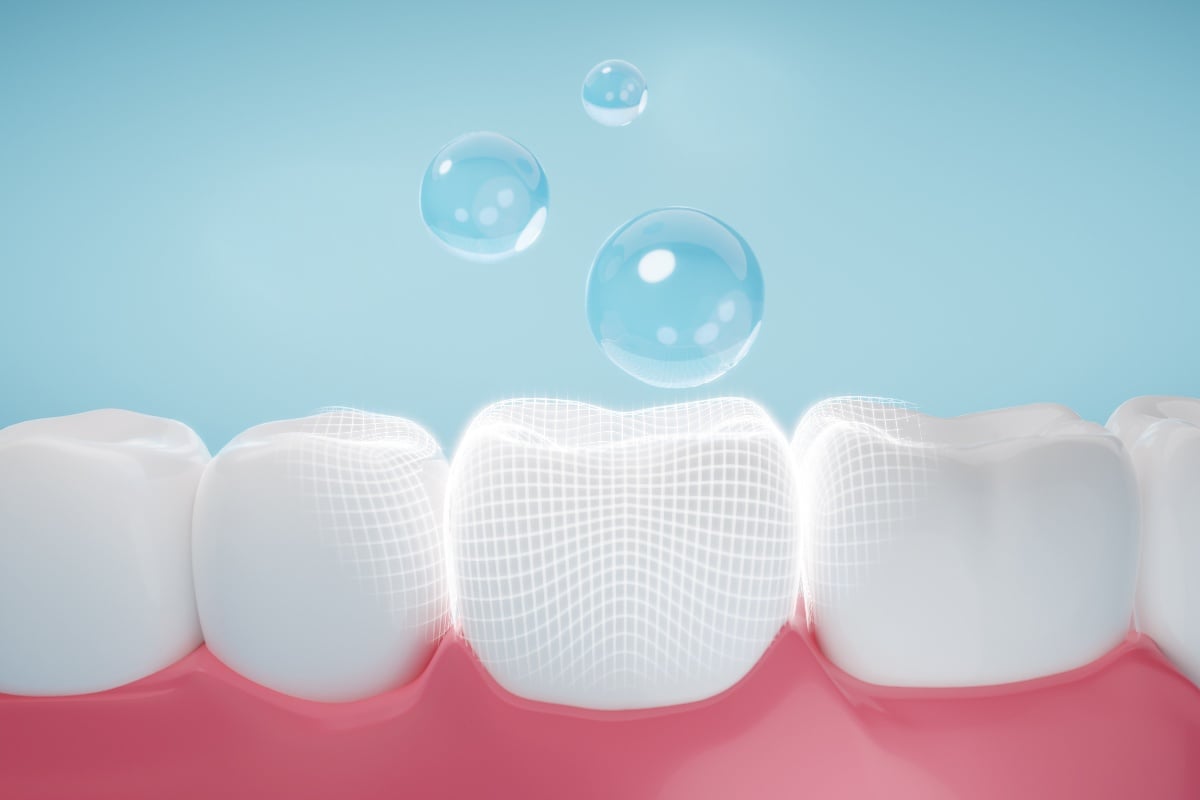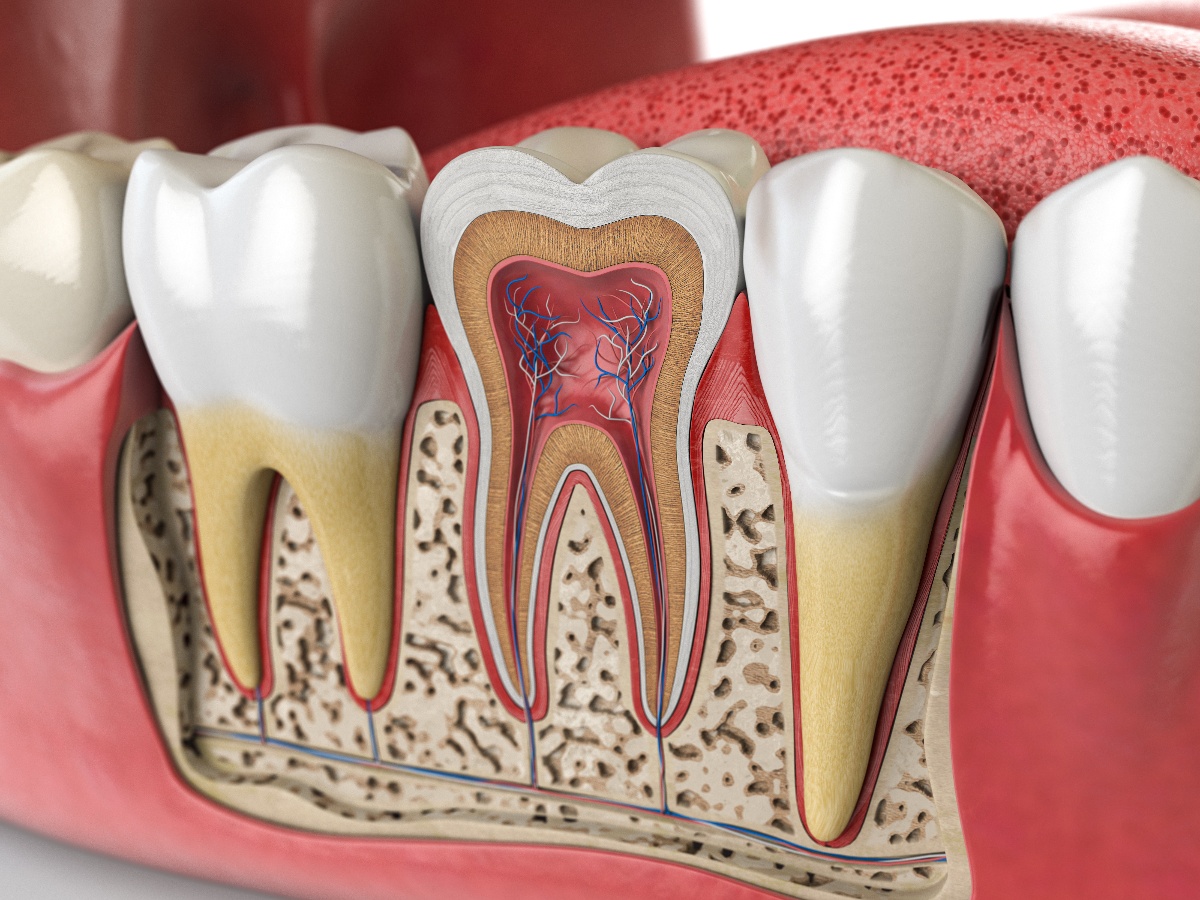Fluoride is a mineral that is found in rocks, soil, and elsewhere in nature. It has been an important part of preventing dental disease for more than half a century. It has a long history of being recommended by dentists for use in toothpaste and community drinking water to strengthen dental enamel against the damaging effects of dental cavities. Fluoride has been called by many as one of the most significant public health advancements of the past century. Despite its popularity, professional endorsements, and widespread use, fluoride myths and misunderstandings have caused confusion about its safety and effects on public health.
Today, many people simply don’t know what to do about using fluoride.
Understanding Fluoride
Fluoride is a ubiquitous mineral that is found throughout nature in a wide range of places, including volcanic emissions, more than two hundred other minerals, rocks, water, soil, and many industrial byproducts. It is probably most well known for its reputation for helping improve your oral health in the following ways:
- Strengthening tooth enamel. Fluoride particles bond with calcium and phosphate in your saliva to create a stronger and more protected tooth enamel.
- Rebuilding damaged enamel. Throughout the day, your teeth lose minerals from their enamel due to acidic foods and bacteria that live in our mouths. This process is known as demineralization. Fluoride helps replenish these lost minerals (remineralization) and prevent the weakening of this important outer protective layer of your teeth.
- Combatting bacteria. Bacteria in dental plaque produce acids that attack tooth enamel and make your teeth vulnerable to tooth decay. Fluoride interferes with this process and makes it more difficult for bacteria to damage your teeth.
Fluoride: Its Discovery, Use, and Controversy
Although today fluoride is synonymous with toothpaste, drinking water, and healthy teeth, it has a rather interesting and controversial beginning. The story begins with a young dentist opening his first practice in Colorado. The year was 1901, and Dr. Frederick McKay soon began noticing that his patients’ teeth demonstrated a brown stain that he had not learned about in dental school.
Dr. McKay scoured the dental literature and was unable to locate an explanation for the discoloration. After studying it for several years, he learned that this condition was seen in other areas of the country. After his informal study of possible causes, he concluded that the culprit had to be the drinking water.
McKay could not identify the element responsible for the discoloration, but by the late 1920s, he was convinced that it was in the drinking water. He believed this despite the water's lack of discoloration, odor, or unusual taste. Through his years of practice, the dentist has also observed that the discolored teeth were not otherwise damaged; they were not weakened or more prone to tooth decay.
In the 1930s, findings by dental researchers, aluminum company chemists, and European scientists brought fluoride into the public eye with a series of bad and good news. Industrial fluoride gas had been responsible for deaths in Belgium, and fluoride found naturally in America’s drinking water could discolor teeth with brown stains.
However, it was McKay’s observation that the brown stains not only didn’t damage teeth but seemed to make them more resistant to cavities that helped change the public’s perception of fluoride. Researchers set out to determine at what level the fluoride caused the staining, a condition labeled dental fluorosis. They found that at one part per million, the fluoride did not cause staining and retained its cavity-fighting capacity.
The problem was that most areas in the country fell below this level of fluoride in their water supply. Scientists began studying the feasibility of adding an artificial waste fluoride to community water supplies. In 1945, Grand Rapids, Michigan, began adding sodium fluoride–a by-product of aluminum production–to it its water supply.
Although adding fluoride to water supplies had the full support and endorsement of the American Dental Association, there were skeptics and some vocal opponents. Some of fluoride’s detractors argue today that its benefit in reducing cavities has been its topical effect from toothpaste and other dental products and not from the effect of consuming it in drinking water.
The debate about the safety and effectiveness of fluoride, which began in the mid-twentieth century, continues today. What began with a young dentist noticing stained teeth could make its way into presidential debates since one of the candidates has strong feelings about fluoridated drinking water.
Six Fluoride Myths and Facts
Despite the endorsement of the American Dental Association, other healthcare professional organizations, and most dentists, confusion exists regarding the use of fluoride. Those who argue for fluoride’s widespread use claim that the many misconceptions and myths surrounding its use have not been in the public’s best interest. Some of the most common myths and arguments against them include:
Myth 1: Fluoride is not a naturally occurring element and is, therefore, harmful to the body.
Fact: Fluoride is a naturally occurring mineral found in water, soil, and various foods. However, most fluoride in toothpaste and other dental products is synthetically produced in laboratories.
Myth 2: Fluoride is toxic.
Fact: Toxicity depends on the dose. While it is true that fluoride can be toxic in very high doses, the levels used in dental products and added to public water supplies are safe and effective. The Environmental Protection Agency (EPA) and other regulatory bodies carefully monitor and regulate fluoride levels to ensure that they are within safe limits.
Myth 3: Adding fluoride to water supplies is a form of forced medication.
Fact: Water fluoridation is a public health measure endorsed by several health organizations worldwide. It's similar to fortifying salt with iodine or milk with vitamin D, which are widely accepted practices designed to address public health needs. The goal is to prevent disease and improve health outcomes, not to medicate the population without consent.
Myth 4: Fluoride causes cancer.
Fact: There is no strong scientific evidence linking fluoride to cancer. Some individuals have raised concerns that fluoride may increase the risk of cancer, but these claims are not supported by scientific evidence. In fact, several large-scale studies have found no link between fluoride exposure and cancer risk.
Myth 5: Fluoride causes harmful side effects, such as bone diseases and lower IQ in children.
Fact: Comprehensive reviews by leading health authorities, including the World Health Organization, have found no conclusive evidence that fluoride at levels used for water fluoridation poses any risk of bone diseases or negatively impacts cognitive development. The majority of research supports fluoride's safety and efficacy in preventing tooth decay, with rigorous standards in place to ensure public safety.
Myth 6: Fluoride benefits only children; adults do not need fluoride.
Fact: While it's true that fluoride's protective effects against decay are most crucial during the years when teeth are developing, adults also benefit significantly. Fluoride helps to remineralize teeth and prevent decay in adults, contributing to the maintenance of dental health throughout life.
Conclusion
The debate over fluoride’s safety and use will not likely be resolved anytime soon. If your reading and research leave you still puzzled, talk to one of the oral healthcare professionals at Palmetto Dental Arts.
Schedule an Appointment
Call or contact us online to learn more about how Palmetto Dental Arts can help you prevent dental cavities and maintain optimal oral health.





